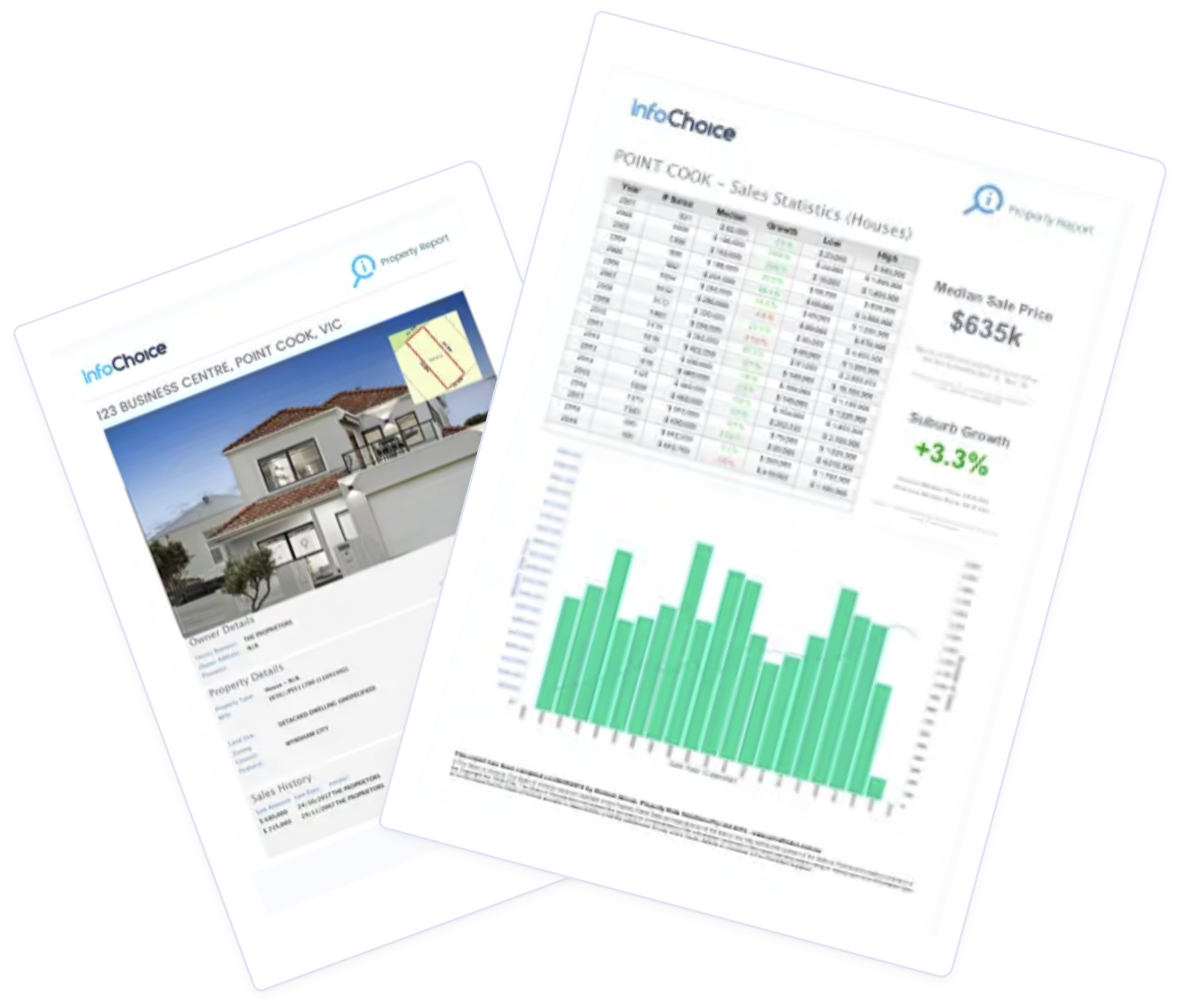
However, just because it’s simple doesn’t mean it’s easy. This is because if you’re on monthly payments, you repay the mortgage 12 times a year. With a fortnightly payment, you are making 26 payments, or 13 four-week blocks, per year.
This means you need to essentially find an extra near month’s worth of cash to put towards the mortgage every year. In this sense switching to a more regular payment is more of a long-term play potentially at the expense of short-term budgeting.
The pay-off, though, can be worth it. Using InfoChoice’s mortgage calculator, you can easily input your information and toggle between monthly, fortnightly, or weekly repayments to see how you could save in the long run.
Money-saving scenario
For example, if you had a $400,000 mortgage at a 5.80% p.a. interest rate over a 30-year term, you’d have a monthly repayment of $2,347, resulting in $444,924.49 in interest paid over 30 years.
If you switched to a fortnightly payment, you’d pay $1,173.51 a fortnight, which results in $352,407.52 in interest paid, saving nearly $100,000! You would also pay off the mortgage after 25 years, not 30.
Here’s what to do or consider before changing the repayment frequency.
Ensure your home loan allows for it
Many variable-rate home loan products allow to change your repayment types between one of the three, however it’s worth double checking. On the other hand, many fixed-rate home loans might not allow you to flip-flop.
If your home loan does not allow for changes in repayment frequency, you could also consider extra repayments if the product allows for that option. And if you haven’t looked at your interest rate in a while, it could also be worth considering refinancing. Refinancing could allow for not only a lower interest rate, but also more flexible terms.
Make sure you can afford it
Switching to a fortnightly or weekly payment sounds simple, but it could prove to be a strain on your finances.
If you consider the repayment scenario above of $2,347 a month, and switching to $1,173.51 fortnightly payments, that’s an extra $2,347 a year you’ll need to come up with, or the equivalent of an extra $45 a week.
If every dollar is accounted for in your budget, where is the $45 a week going to come from? Maybe you will have to re-consider those streaming plans, that gym membership, reduce your regular savings, or shop around for better phone and internet plans.
A more practical way to look at this is looking at your salary. A common marker for ‘mortgage stress’ is if your mortgage is 30% or more of your salary. If the extra money per year tips you into mortgage stress then maybe re-consider the plan.
Of course, the ‘30% rule’ affects everyone differently, and is primarily applicable to those on lower incomes. Non-discretionary living costs are fixed up to a certain point, so higher income households might be able to afford directing a bigger proportion of their salaries to the mortgage.
Consider aligning payments with your payslips
If you’ve done the maths and discovered you can afford the extra costs, consider aligning the more regular payments with your pay cycle. Many PAYG employees in Australia are paid fortnightly, so if you schedule it around when pay goes in, you might not even notice the extra money going out.
This also allows for easier budgeting, and you can then re-work your budget to take into account your regular savings and other expenses.
Compare more frequent payments to using an offset account
An offset account is a common add-on for variable-rate home loans - less-so for fixed-rate products - and they allow you to lower total interest payable and potentially pay off the home loan sooner. In this sense they have a similar goal of switching your repayment frequency, however the way offsets operate in practice is different.
An offset account is essentially a bank account attached to the home loan that ‘offsets’ your mortgage interest. Your repayments won’t increase, but you could potentially save thousands in interest. One major pro with an offset is that you have the flexibility to withdraw the funds again if you need them.
A downside of an offset account is that it often attracts a monthly fee or an interest rate premium. In this case you’ll want the benefits to outweigh the costs. Another downside of an offset account is that they may not be 100% offset - some banks might offer only 80% offset for example.
If you’re after a lower-cost option, you could also consider a redraw facility, but these operate slightly differently.
Offset saving example
If you borrowed $400,000 at a 5.80% p.a. interest rate over 30 years, you’d be paying $2,347 a month on the mortgage. If you started with a $10,000 offset balance and your net offset deposit was $500 - such as your monthly savings - you could save more than $180,000 in interest over the life of the loan.
Lender Home Loan Interest Rate Comparison Rate* Monthly Repayment Repayment type Rate Type Offset Redraw Ongoing Fees Upfront Fees Max LVR Lump Sum Repayment Extra Repayments Split Loan Option Tags Features Link Compare Promoted Product Disclosure
Promoted
Disclosure
Promoted
Disclosure
Promoted
Disclosure
Photo by Mockaroon on Unsplash


